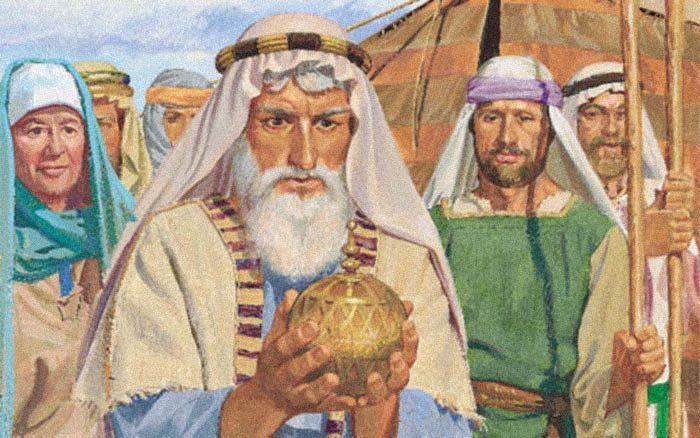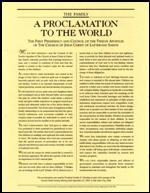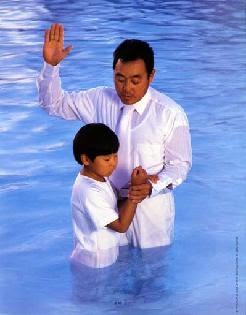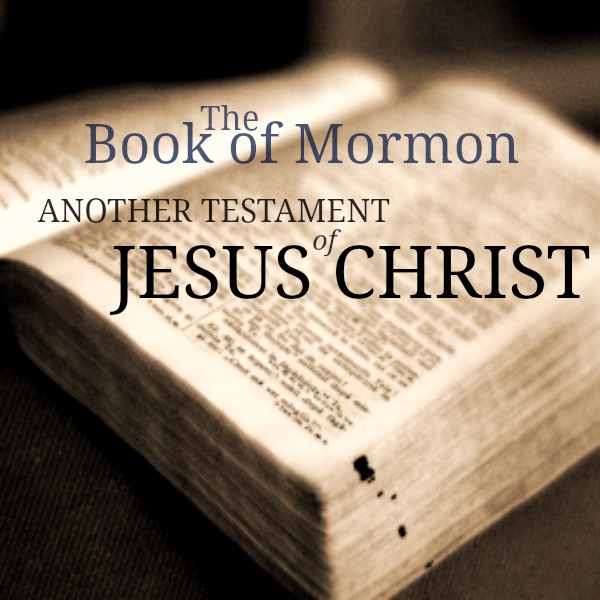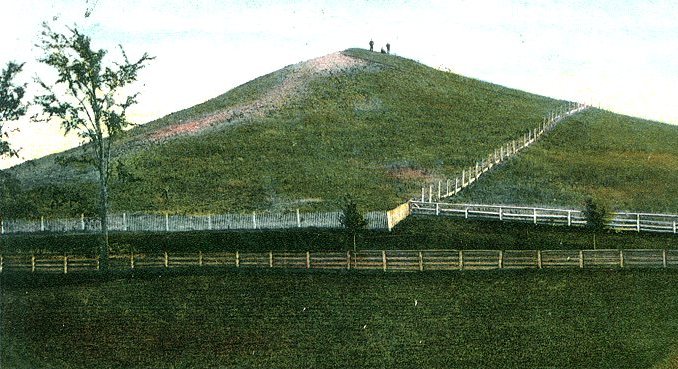Question
Gramps,
Why did the Lord reference more than one “miraculous directors” in the items the three witnesses would be able to view? All references I read in the scriptures only speak of one Liahona.
April
Answer
April,
There might be a slight misunderstanding when it comes to miraculous directors and the three witnesses. The three witnesses were allowed to see the gold plates. Within The Church of Jesus Christ of Latter-day Saints when speaking of miraculous directors it is referring to the Liahona only. It provided direction both physically and spiritually.
The Liahona, described in the Book of Mormon, is introduced in the context of Lehi’s prophetic journey. After leaving Jerusalem, Lehi and his family faced numerous challenges in the wilderness. It was during this time that the Liahona appeared at the door of Lehi’s tent, a miraculous gift from God. The Book of Mormon states, “This was a curious instrument called by the Nephites ‘Liahona.’ It was found by the prophet Lehi at the door of his tent one morning, in the wilderness, not long after the departure of his colony from Jerusalem.”
The name “Liahona” is interpreted to mean “compass” or “director,” reflecting its primary function of guiding Lehi’s family through the wilderness. The Liahona was described as a round ball made of fine brass, containing two spindles that pointed the way to be traveled. However, its operation was contingent upon the faith and diligence of its users. As the Book of Mormon explains, “the compass… worked according to the faith and diligence with which the colony gave heed to it.” This principle points to a vital aspect of the Liahona: it was not merely a physical object but a divine tool that required active participation and faith from its users.
The Liahona served multiple functions during Lehi’s journey, acting as both a physical compass and a spiritual guide. Its primary role was to direct the family toward their promised land, but it also provided written instructions and reproofs as needed. The Book of Mormon recounts, “From time to time also there appeared upon it written instructions or reproofs according as the colony required the one or the other.” This feature highlights the Liahona’s dual nature: it was a tangible guide for navigation and a spiritual instrument for receiving divine counsel.
The Liahona’s effectiveness was directly linked to the faith and obedience of Lehi’s family. When they heeded its directions, they prospered; when they neglected its guidance, they faced difficulties. This is illustrated in Alma 37:41-42, where it states, “They were slothful, and forgot to exercise their faith and diligence, and then those marvelous works ceased, and they did not progress in their journey.” The Liahona thus serves as a powerful metaphor for the relationship between divine guidance and human agency. It teaches that faith is not a passive state but an active engagement with divine will.
The lessons of the Liahona extend beyond the narrative of Lehi’s family. In contemporary spirituality, the Liahona symbolizes the guidance that individuals can receive through faith and obedience to divine principles. Just as Lehi’s family relied on the Liahona to navigate their physical journey, modern believers can seek guidance through prayer, scripture study, and personal revelation. The Liahona reminds us that divine guidance is available to those who earnestly seek it and are willing to act upon it.
The Liahona is often viewed as a type or symbol of Jesus Christ. In Alma 37:38-47, the Liahona is compared to the words of Christ, which can guide individuals through their trials. The connection between the Liahona and Christ is further emphasized in the way both require faith and action to yield results. Just as the Liahona pointed the way to the promised land, Christ points believers toward eternal life. The Book of Mormon states, “For behold, it is as easy to give heed to the word of Christ, which will point to you a straight course to eternal bliss, as it was for our fathers to give heed to this compass.”
This comparison highlights the importance of faith in both the Liahona and the teachings of Christ. The simplicity of the Liahona’s guidance mirrors the straightforwardness of Christ’s message: faith, repentance, and obedience lead to salvation. The Liahona serves as a reminder that divine guidance is often simple and accessible, yet it requires a willing heart to follow.
Gramps

